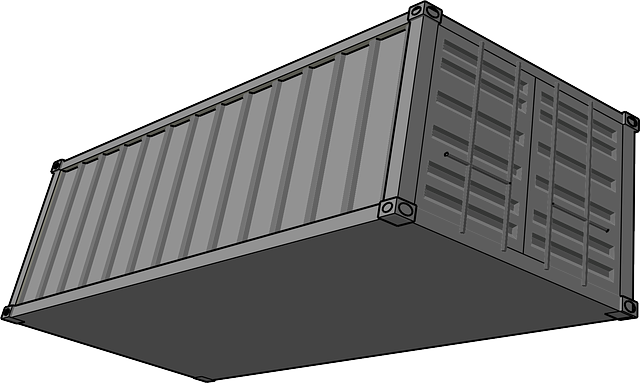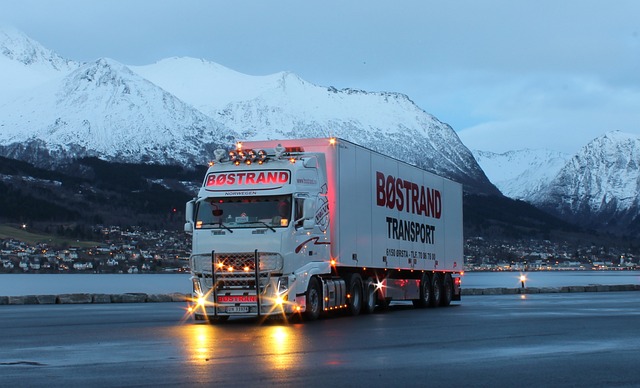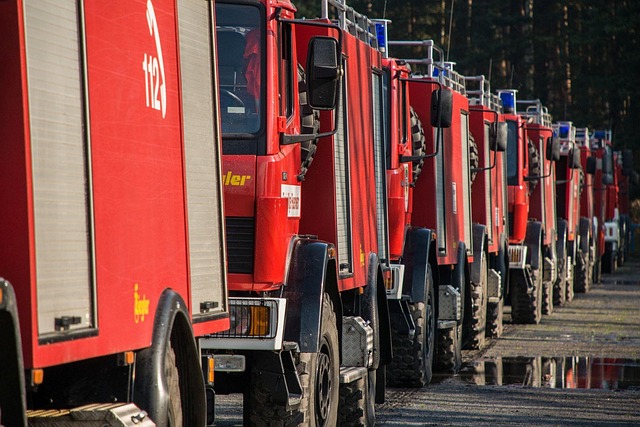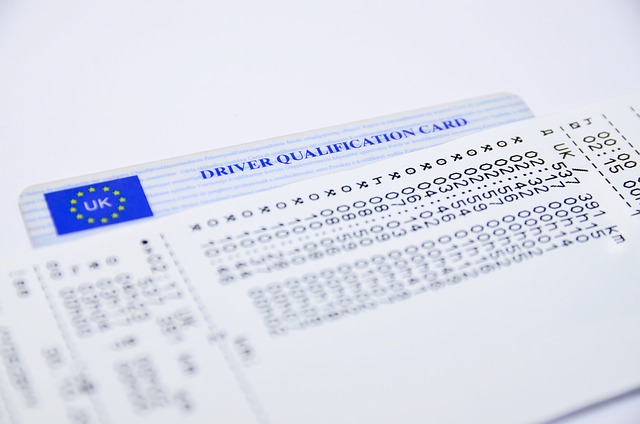Small fleet operators need small fleet protection through General Liability Insurance (GLI) and Auto Liability Coverage to mitigate risks and ensure business success. GLI provides comprehensive coverage for third-party injuries and property damage, while Auto Liability Coverage protects against vehicle-related accidents. Tailoring insurance plans to specific fleet needs, bundling policies, and leveraging technology for risk assessment can reduce premiums. Regular policy reviews and staying informed about legal requirements are essential for optimal small fleet protection.
Navigating the complex landscape of liability insurance is essential for businesses operating small fleets. This comprehensive guide explores crucial aspects of general and auto liability coverage, providing insights tailored to your fleet’s unique needs. From understanding general liability insurance for small fleets to deciphering key differences between policies, you’ll discover strategies to optimize your insurance requirements. Ensure robust protection for your business and assets by leveraging the knowledge within.
Understanding General Liability Insurance for Small Fleets

For small fleet operators, managing liability risks is a critical aspect of running a successful business. General Liability Insurance (GLI) plays a pivotal role in protecting against unexpected incidents that may arise during operations. This coverage extends beyond traditional auto insurance, offering comprehensive protection for various liabilities. When it comes to small fleets, GLI provides essential safeguards for third-party injuries or damages to property, which can be particularly valuable given the unique challenges of fleet management.
Small fleet protection goes beyond minimizing financial losses; it also involves navigating complex legal landscapes and regulatory requirements. GLI ensures that businesses are prepared to handle claims, reducing the risk of significant financial strain. By understanding their liability exposure, small fleet owners can make informed decisions, ensuring their operations remain smooth and efficient while adhering to legal obligations.
Auto Liability Coverage: What Every Business Needs to Know

Auto Liability Coverage is an indispensable component for any business, especially those operating a small fleet of vehicles. This type of insurance offers critical protection against financial losses arising from vehicle-related accidents and legal liabilities. It typically includes compensation for bodily injuries sustained by others in an accident, as well as damage to their property. For businesses with even a modest number of vehicles, auto liability coverage is essential to safeguard against potential claims and ensure financial stability.
Understanding the scope of this insurance is vital. Small fleet protection goes beyond individual vehicle coverage; it encompasses aggregate limits that apply to all insured vehicles combined. This means that if multiple accidents occur involving your fleet, the total payout could significantly impact your business’s bottom line. Therefore, careful consideration should be given to choosing adequate coverage limits and understanding the specific needs of your operation to ensure comprehensive protection.
Key Differences Between General and Auto Liability Policies

General liability insurance and auto liability insurance both offer crucial protection, but they serve distinct purposes. While general liability policies safeguard against claims related to property damage or personal injury on any business premises or during operations, auto liability specifically covers accidents involving company vehicles. This distinction is vital for businesses with a small fleet of cars, as it allows them to tailor their coverage precisely to their unique risks.
For instance, a small fleet protection policy may include specific provisions for accident response, legal defense fees, and medical expenses for injured parties. It might also extend coverage to various types of vehicles, including trucks, vans, and sedans, each with its own set of potential liabilities. Understanding these differences empowers business owners to make informed decisions when selecting the right insurance plan for their small fleet.
Strategies for Optimizing Fleet Insurance Requirements

Optimizing fleet insurance requirements is key for small businesses looking to balance coverage and cost-effectiveness. Start by evaluating your specific needs rather than settling for one-size-fits-all policies. Understand that a small fleet might face unique risks, from mechanical failures to weather events, so ensure comprehensive coverage. Consider bundling multiple types of insurance—like general liability and auto liability—to potentially reduce premiums.
Additionally, leverage technology for better management. Implement tracking systems to monitor vehicle usage and driver behavior, which can help assess risk more accurately. Regularly review policies with your insurer, adjusting as your fleet grows or risks change. Stay informed about legal requirements and industry best practices related to small fleet protection to make informed decisions.
Navigating liability insurance requirements for your small fleet is crucial for ensuring business continuity and financial security. By understanding general liability coverage, recognizing the specific needs of auto liability policies, and implementing strategic optimization techniques, you can protect your investment and manage risks effectively. Remember that each business has unique needs, so consulting with an insurance professional to tailor a policy that offers comprehensive small fleet protection is essential.
